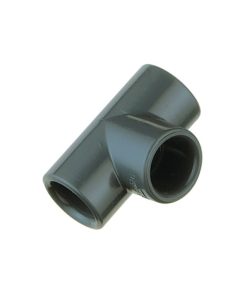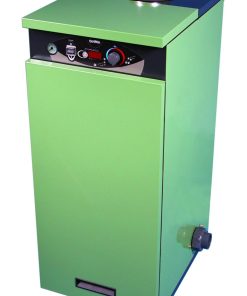Hottub, Swimming Pool
Understanding Legionella Risks in Your Spa Pool: A Comprehensive Guide
A Detailed Guide Explains the Legionella Risks Found in Your Spa Pool
Spa pool owners need to know about the dangerous health risks which exist within their pool systems. Spa pools create both enjoyment and relaxation opportunities yet they become dangerous bacteria breeding sites if they receive insufficient maintenance care. Among all bacterial threats Legionella pneumophila represents the most dangerous risk because it causes Legionnaires’ disease. This article examines spa pool health risks through HSE guidance HSG282 [1] while presenting solutions to prevent them.
What are the Risks?
Legionella represents the main infectious disease source that stems from spa pools according to current research [1]. Various outbreaks have originated from different settings including leisure centers hotels and cruise ships [1, 2]. Several factors contribute to this risk:
The spa pool temperature range between 30–40 °C provides optimal conditions for Legionella bacteria to thrive [3, 4].
The spa pool air jets alongside similar equipment generate aerosols that are small water droplets capable of entering human lungs. The tiny water droplets produced by the equipment allow bacteria to travel into human lungs [3, 5].
Water recirculation systems found in spa pools create an environment where bacterial multiplication becomes possible if proper treatment is not implemented [4].
Microorganisms use organic matter from bathers including their sweat skin and hair as nutrients to increase their numbers [6, 7].
Who is at Risk?
All persons face the risk of infection but specific population groups face an elevated danger of getting infected [8]:
Older adults, especially those over 45.
Smokers and heavy drinkers.
People suffering from existing respiratory diseases face a higher risk.
The following diseases increase infection risk: cancer diabetes and heart or kidney disease and some unspecified illnesses.
Those with an impaired immune system.
How to Manage the Risks?
The HSE guidance presents essential strategies for controlling the risk from legionella and other infectious agents during pool operation [9]:
Designing spa pools with proper installation methods should aim to minimize bacterial development [2, 10].
Effective Operation and Maintenance: Implementing regular cleaning, disinfection, and water replacement procedures [2, 11].
Regular Water Quality Testing: Monitoring pH levels and detecting bacterial presence and maintaining proper disinfectant concentrations by testing the water frequently [2, 12].
The system requires regular inspections to detect equipment problems and biofilm formation [2, 13].
Key Takeaway
The knowledge of spa pool risks begins the process of achieving safe pool usage. The implementation of HSE guidelines together with regular maintenance procedures will help minimize infection risks. Consult professionals whenever you need guidance while following the current advice.
Keywords: Legionella, Spa Pool Safety, Hot Tub Risks, Waterborne Diseases, Legionnaires Disease, Spa Maintenance
FAQs
What is Legionella?
Legionella represents a bacterium that leads to severe respiratory illness known as Legionnaires’ disease [1].
Under which conditions does legionella bacteria experience optimal growth?
The bacteria Legionella thrive best in temperatures ranging from 20-45°C while preferring stagnant water environments with organic matter present [4].
What are the steps I need to take to stop legionella from growing in my spa pool?
Regular cleaning combined with proper disinfection and frequent water changes along with correct water chemistry maintenance serve as essential prevention steps [14-16].
How frequently should I perform tests on my spa water?
The testing frequency for commercial spa pools requires daily checks or minimum twice-hourly checks for pH levels and residual disinfectant as well as other vital parameters. A monthly microbiological test is recommended alongside regular testing [17, 18].
Is there a heightened risk for some people?
People aged 45 and above together with smokers and heavy drinkers and those suffering from respiratory diseases and having weak immunity face an elevated risk [8, 19].


















